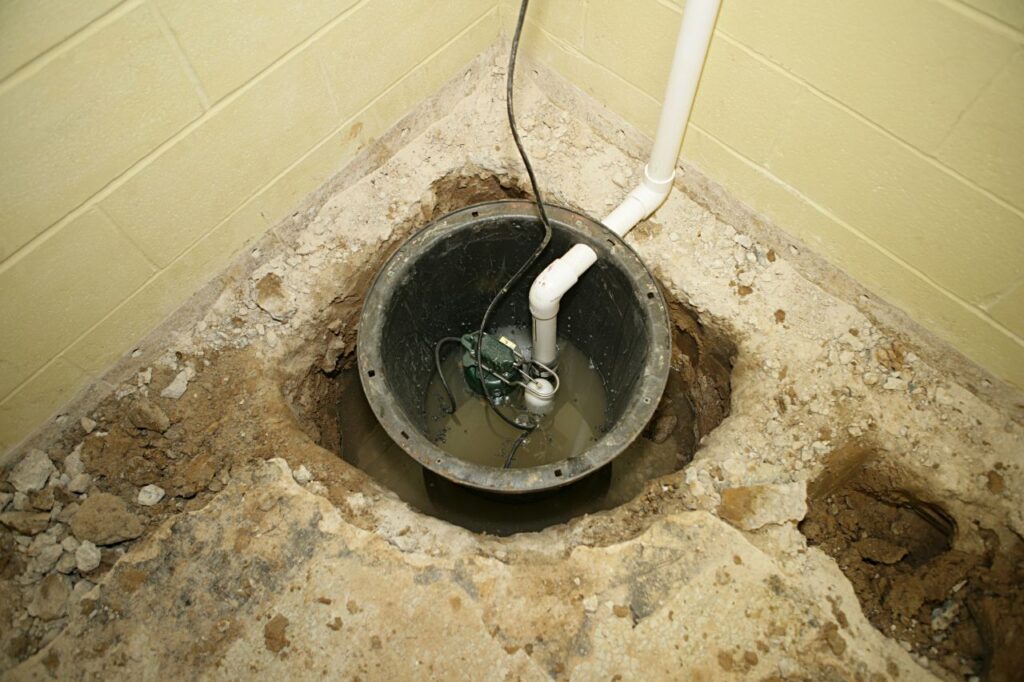Types of Sewage Pumps and how they work
Sewage pumps are designed to move waste (such as toilet paper, laundry, and other household items) from homes or commercial properties that do not have access to gravity sewer lines. Depending on the type of pump, this wastewater may be transported to a public sewer or to a private septic tank.
Channel Impeller Pumps
A channel impeller is a pump that works by separating air from liquid. Liquid forms a circular ring on the inside of the pump casing while air is expelled around the central axis through separate outlets.
A channel impeller is a good choice for a home septic system because it’s a proven sewage pump technology. The best part is it doesn’t require an electrician to hook up. Depending on your budget and home needs, you have a number of options to choose from. Some of them are more practical than others, so choosing the right one for your home septic system is an important decision. You need to balance up-front costs, associated energy use and repair/maintenance costs with capacity, durability and expected operational life.
Vortex Pumps
Unlike fan-type impellers, vortex pumps create a whirlpool of pressure that draws solids through the system without ever touching the impellers. This minimises the risk of clogging and makes them an ideal choice when the pumped liquid contains a high content of sand.
However, the efficiency of vortex pumps has remained relatively poor compared to conventional centrifugal pumps. As a result, designing more efficient vortex pumps is a priority for wastewater engineers.
In an attempt to improve the hydraulic performance of vortex pumps, researchers have been examining the influence of geometric parameters. The primary studies suggest that increasing the impeller diameter leads to higher head and pressure coefficients.
Grinder Pumps
A grinder pump is a little bigger than a garbage disposal and does a lot more. They typically have a tank, a small float, and an alarm panel.
The best part of a grinder pump is that they can be remotely controlled with the flick of a switch. The float is a nice touch for homeowners who plan to vacate their home for long periods of time, and it helps keep the system clean and odor-free during your absence.
When selecting a sewage pump, you need to choose based on how much wastewater you produce on a regular basis and your budget. The right sized pump for your needs will help keep your septic system in good shape and minimize the amount of money you end up spending on expensive repairs.
Chopper Pumps
When it comes to sewage pumping, it is crucial to keep your pumps working effectively. Clogged pipes or pumps halt production and result in costly maintenance. A clogged system can also create a health hazard for your personnel, putting their safety at risk. The good news is that there are many different types of sewage pumps for a home septic system to choose from.
One type of sewage pump that is often used in wastewater treatment plants and septic systems is the chopper pump. This style of pump is ideal for handling tough, fibrous solids that can cause clogs and blockages in other types of pumps. When a chopper pump is turned on, current drawn from the motor increases and higher torque is required to accelerate the rotating blade (or impeller) to operating speed.

